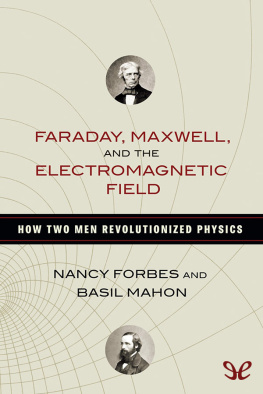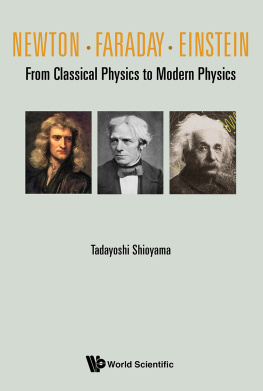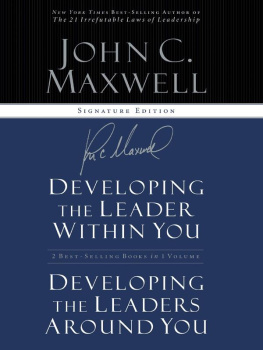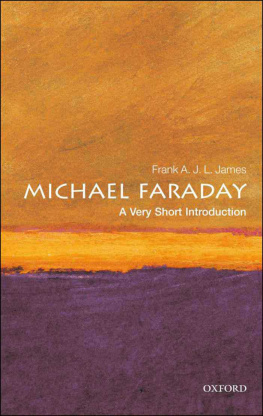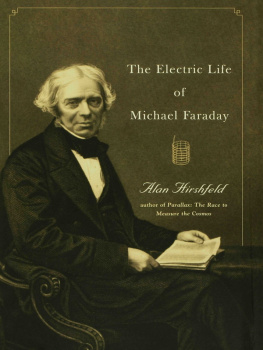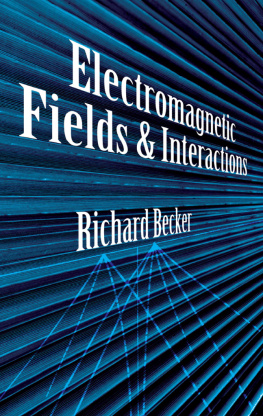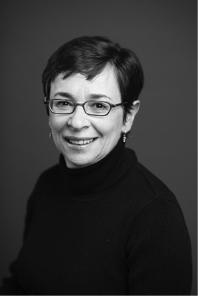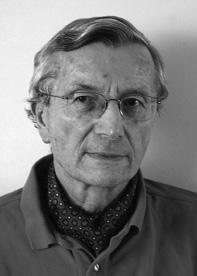ACKNOWLEDGMENTS
The seeds for this book were sown over thirty years ago when one of us was a graduate student in physics and heard a lecture by Nobel laureate C. N. Yang about the role of symmetry in twentieth-century physics. Yang spoke of the birth of a pristine and heretofore unheard-of concept born from the simple instruments found in Michael Faradays laboratory in the Royal Institution: field theory. It was the rise of this idea that gave way to most of the major developments in modern physics and became the basis for todays reigning theory of matter and forces, the Standard Model. Yet Faradays work, by itself, could not have had the monumental effect on physics it had without the subsequent efforts by Scottish physicist James Clerk Maxwell to put Faradays idea into mathematical language, which resulted in a full-fledged theory of the electromagnetic field. Yang, who made his own fundamental contributions to field theory, truly understood how radical and how profound this new concept was.
It was a story that was begging to be told. Many people lent a hand in getting this book written. Correspondence with Faraday scholars Frank James and Ryan Tweney helped to clarify aspects of Faradays work. Talks with Maxwell biographer Francis Everitt also added to the narrative. Discussions with friends such as Tony Fainberg, Phil Schewe, Allan Blaer, Will Happer, Freeman Dyson, Mal Ruderman, Barbara and Jeffrey Mandula, Louise Marlowe, Robert and Linda Avila, and Simki Kuznick helped to fine-tune the story and make the physics more accessible. Thanks to Lee Bartrop for his carefully drawn diagrams throughout the text, as well as to John Bilsland for the diagrams of Maxwells spinning cells model. Thanks also to Tom Haggarty at the Bridgeman Art Library for making available many of the images found in the photo insert. Trinity College Library at Cambridge University also gave us permission to reproduce several Maxwell images. Our editor at Prometheus Books, Steven L. Mitchell, recognized the importance of our story early on and has handled our queries with patience and graciousness.
We are grateful for permission from the publishers of two of Basil Mahons earlier books to include short extracts: to John Wiley and Sons for the diagram and accompanying text describing Maxwells spinning cells model in The Man Who Changed Everything: The Life of James Clerk Maxwell (2003), and to the Institution of Engineering and Technology for the descriptions of the electromagnetic power vector and the curl and divergence operators in Oliver Heaviside: Maverick Mastermind of Electricity (2009).
BIBLIOGRAPHY
Appleyard, Rollo. Pioneers of Electrical Communication. London: Macmillan, 1930.
Bell, Eric Temple. Men of Mathematics. 2 vols. Harmondsworth: Penguin Books, 1965. First published 1937.
Bence Jones, Henry. The Life and Letters of Faraday. 2 vols. Philadelphia: Lippincott, 1870.
Blackburn, Simon. Think: A Compelling Introduction to Philosophy. Oxford: Oxford University Press, 1991.
Bowers, Brian, and Lenore Symons. Curiosity Perfectly Satisfied: Faradays Travels in Europe, 18131815. London: Peter Peregrinus in association with the Science Museum, 1991.
Brown, George Ingham. Scientist, Soldier, Statesman, Spy: Count Rumford, the Extraordinary Life of a Scientific Genius. Stroud: Sutton Publishing, 1999.
Brown, L., B. Pippard, and A. Pais, eds. Twentieth Century Physics. New York: IOP Publishing, AIP Press, 1995.
Buchwald, Jed Z. From Maxwell to Microphysics. Chicago: University of Chicago Press, 1985.
Campbell, Lewis, and William Garnett. The Life of James Clerk Maxwell. London: Macmillan, 1882. Second edition published 1884. We have used the online version by Sonnet Software (second edition, 1999), available at , accessed December 9, 2013.
Darrigol, Olivier. Electrodynamics from Ampre to Einstein. Oxford: Oxford University Press, 2000.
Davy, John. Memoirs of the Life of Sir Humphry Davy. London: Smith Elder, 1836.
de Launay, Louis, ed. Corrspondance du Grand Ampre. 3 vols. Paris: Gauthier Villars, 19361943.
Duhem, Pierre. The Aim and Structure of Physical Theory. Princeton: Princeton University Press, 1954.
Dumas, M. loge historique de Michael Faraday. Paris: Firmin Didot, 1868.
Dyson, Freeman J. Why Is Maxwells Theory So Hard to Understand? In the James Clerk Maxwell Commemorative Booklet. Edinburgh: James Clerk Maxwell Foundation, 1999.
Einstein, Albert. Maxwells Influence on the Development of the Conception of Physical Reality. In James Clerk Maxwell, A Commemorative Volume. Cambridge: Cambridge University Press, 1931.
. Relativity: The Special and General Theory. London: Methuen, 1920.
Einstein, Albert, and Leopold Infeld. The Evolution of Physics. New York: Simon and Schuster, 1938.
Everitt, C.W. Francis. James Clerk Maxwell: Physicist and Natural Philosopher. New York: Charles Scribners Sons, 1975.
. Maxwells Scientific Creativity. In Springs of Scientific Creativity, edited by Rutherford Aris, H. Ted David, and Roger Stuewer. Minneapolis: University of Minnesota Press, 1983.
. Maxwells Scientific Papers. Applied Optics 6, no. 4 (1967).
Faraday, Michael. Common Place Book. London: Institution of Electrical Engineers.
. Experimental Researches in Electricity. New York: Dover Publications, 1965. Originally published in the Philosophical Transactions of the Royal Society, 18311852.
. Faradays Diary, Being the Various Philosophical Notes of Experimental Investigation. Edited by Thomas Martin. London: Bell and Sons, 19321936.
Feynman, Richard P., Robert B. Leighton, and Matthew Sands. Lectures on Physics. New York: Addison Wesley, 1965.
Fleisch, Daniel. A Students Guide to Maxwells Equations. Cambridge: Cambridge University Press, 2008.
Fleming, Ambrose. Some Memories. In James Clerk Maxwell, A Commemorative Volume. Cambridge: Cambridge University Press, 1931.
Forfar, David O. Generations of Genius. In the James Clerk Maxwell Commemorative Booklet. Edinburgh: James Clerk Maxwell Foundation, 1999.
Forfar, David O., and Chris Prichard. The Remarkable Story of Maxwell and Tait. In the James Clerk Maxwell Commemorative Booklet. Edinburgh: James Clerk Maxwell Foundation, 1999.
Garnett, William. Maxwells Laboratory. In James Clerk Maxwell, A Commemorative Volume. Cambridge: Cambridge University Press, 1931.

